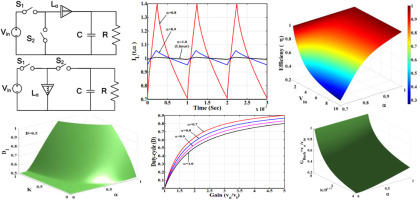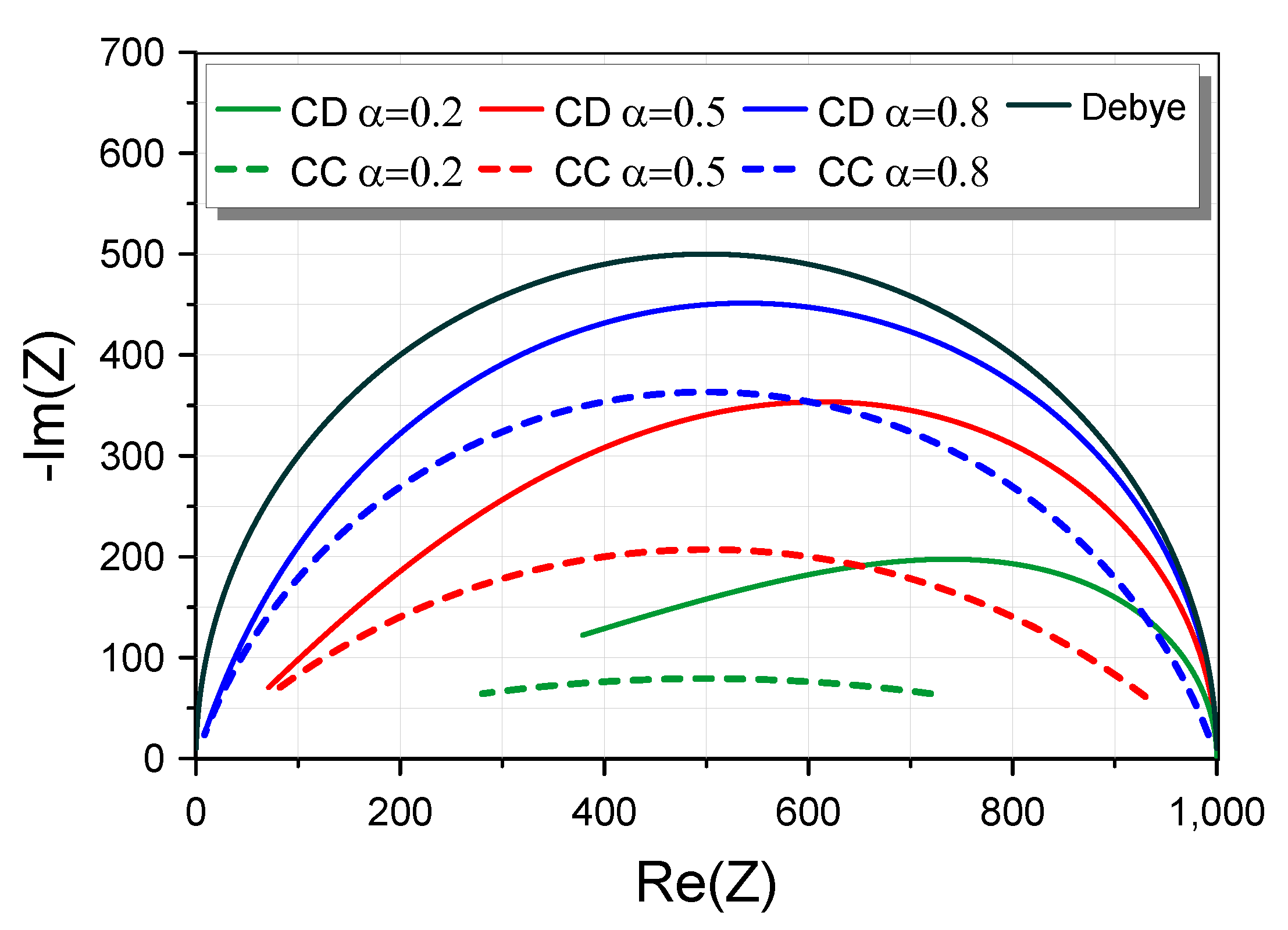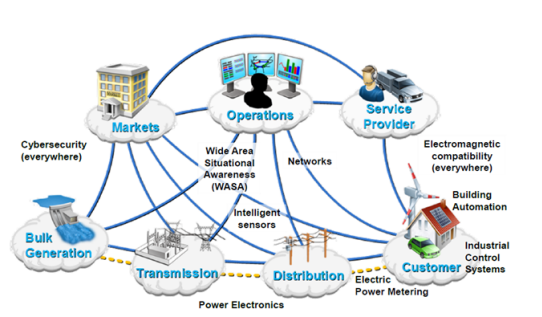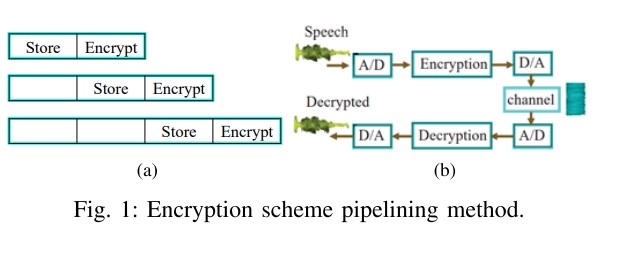
Modeling and analysis of fractional order DC-DC converter
Due to the non-idealities of commercial inductors, the demand for a better model that accurately describe their dynamic response is elevated. So, the fractional order models of Buck, Boost and Buck-Boost DC-DC converters are presented in this paper. The detailed analysis is made for the two most common modes of converter operation: Continuous Conduction Mode (CCM) and Discontinuous Conduction Mode (DCM). Closed form time domain expressions are derived for inductor currents, voltage gain, average current, conduction time and power efficiency where the effect of the fractional order inductor is

A Universal Fractional-Order Memelement Emulation Circuit
This paper proposes a current-/voltage-controlled universal emulator that can realize any fractional-order memelements (FOME). The proposed emulator consists of second-generation current conveyors (CCII) block, two switches, and a multiplier/divider block. The first switch controls the emulator mode (voltage or current), while, the other controls the type of the emulated FOME. The influence of the fractional-order capacitor (FOC) on the pinched hysteresis loop (PHL) area, is discussed which increases the controllability on the double loop area and the working frequency range. Numerical and

Realization of Cole–Davidson function-based impedance models: Application on plant tissues
The Cole–Davidson function is an efficient tool for describing the tissue behavior, but the conventional methods of approximation are not applicable due the form of this function. In order to overcome this problem, a novel scheme for approximating the Cole–Davidson function, based on the utilization of a curve fitting procedure offered by the MATLAB software, is introduced in this work. The derived rational transfer function is implemented using the conventional Cauer and Foster RC networks. As an application example, the impedance model of the membrane of mesophyll cells is realized, with
Power and energy analysis of fractional-order electrical energy storage devices
Characterizing and modeling electrical energy storage devices is essential for their proper integration in larger systems. However, basic circuit elements, i.e. resistors, inductors, and capacitors, are not well-suited to explain their complex frequency-dependent behaviors. Instead, fractional-order models, which are based on non-integer-order differential equations in the time-domain and include for instance the constant phase element (CPE), are mathematically more fit to this end. Here, the electrical power and energy of fractional-order capacitance and inductance are derived in both steady

Single and dual solutions of fractional order differential equations based on controlled Picard's method with Simpson rule
This paper presents a semi-analytical method for solving fractional differential equations with strong terms like (exp, sin, cos,…). An auxiliary parameter is introduced into the well-known Picard's method and so called controlled Picard's method. The proposed approach is based on a combination of controlled Picard's method with Simpson rule. This approach can cover a wider range of integer and fractional orders differential equations due to the extra auxiliary parameter which enhances the convergence and is suitable for higher order differential equations. The proposed approach can be
Modeling of carrier mobility for semispherical quantum dot infrared photodetectors (QDIPs)
Carrier mobility for quantum dot infrared photodetectors is considered as one of the critical parameters to determine many important device’s performance parameters such as the electrical conductivity, drift velocity, dark current and photocurrent. In this paper a complete theoretical model of the carrier mobility for semispherical quantum dot structures is developed. This model is based on the solution of Boltzmann transport equation all over the device. A parametric study of the effects of the QD density and the dimensions of the QD on the carrier mobility is investigated. Finally, the

Energy Trading Based on Smart Contract Blockchain Application
Energy and clean energy are big concerns and interests. As the needs differ from area to another, different solutions appear. Energy cost, availability, reliability and trading rules are important keys in energy market. Energy sharing is a hot topic as a consumer being a part of the sustainable distributed system also making benefits such as Prosumer. Blockchain technology provides more secure, distributed and fast way to transact financial payments between clients. This paper provide a simulation case for energy sharing concept using smart contract as a tool to rule the sharing process on

Permutation-Only FPGA Realization of Real-Time Speech Encryption
This paper introduces an FPGA design methodology of a sample and bit permutation speech encryption system. Pipelining method is used to build the proposed system, which can have different number of permutation levels. The security of the system is evaluated using entropy, Mean Squared Error (MSE) and correlation coefficients comparing the different permutation levels. The results demonstrate the security of the proposed system, which enables its utilization in speech telecommunication. Hardware resources comparison validates the efficiency of the system. The designs are simulated using Xilinx

Radiographic images fractional edge detection based on genetic algorithm
Recently, fractional edge detection algorithms have gained focus of many researchers. Most of them concern on the fractional masks implementation without optimization of threshold levels of the algorithm for each image. One of the main problems of the edge detection techniques is the choice of optimal threshold for each image. In this paper, the genetic algorithm has been used to get the optimal threshold levels for each image to enhance the edge detection of the fractional masks. A fully automatic way to cluster an image using K-means principle has been applied to different fractional edge
Implementation of a fractional-order electronically reconfigurable lung impedance emulator of the human respiratory tree
The fractional-order lung impedance model of the human respiratory tree is implemented in this paper, using Operational Transconductance Amplifiers. The employment of such active element offers electronic adjustment of the impedance characteristics in terms of both elements values and orders. As the MOS transistors in OTAs are biased in the weak inversion region, the power dissipation and the dc bias voltage of operation are also minimized. In addition, the partial fraction expansion tool has been utilized, in order to achieve reduction of the spread of the required time-constants and scaling
Pagination
- Previous page ‹‹
- Page 42
- Next page ››
